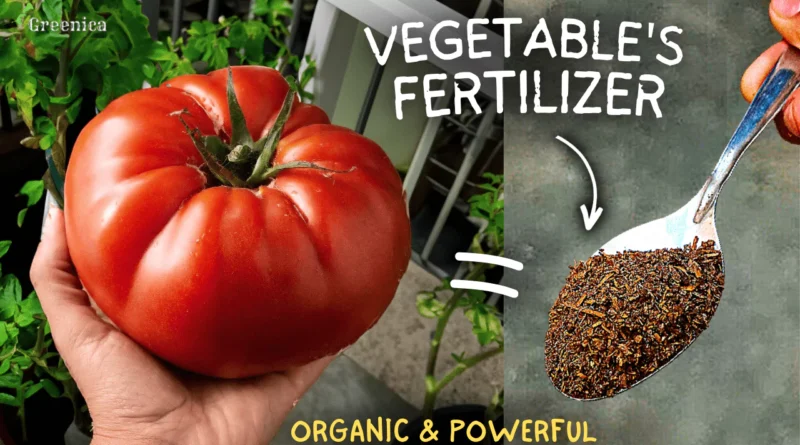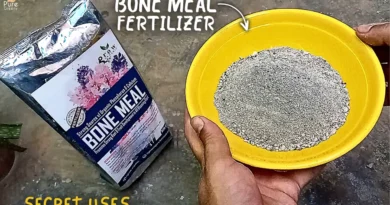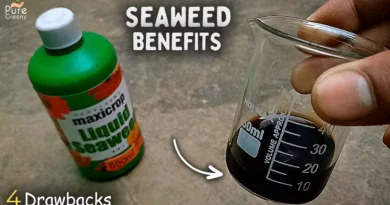Making The Best Organic FERTILIZER For Vegetable Plants At Home! (WITH EASY INGREDIENTS)
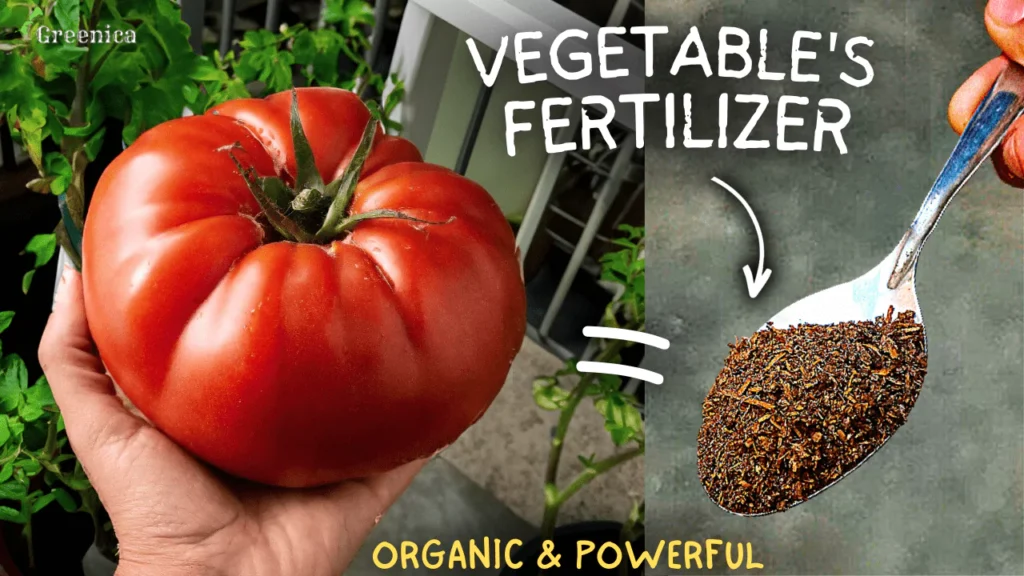
Making a Good Fertilizer for Vegetable Plants at Home Is Super Easy, All You Need is a Few Ingredients & The Results You will Get are Also Very Exciting. Keep Following This Post, Because Here We will See How You can make a Super food For Your Vegetable Plants, We will also Talk about How & When To Use This Organic Fertilizer, as Well as What are Its Benefits? So Lets Begin.
Benefits of This Homemade Fertilizer:-
Now Lets Know What Benefits This Fertilizer Provides to Our Plants.
1-More & Big Size Fruiting:-
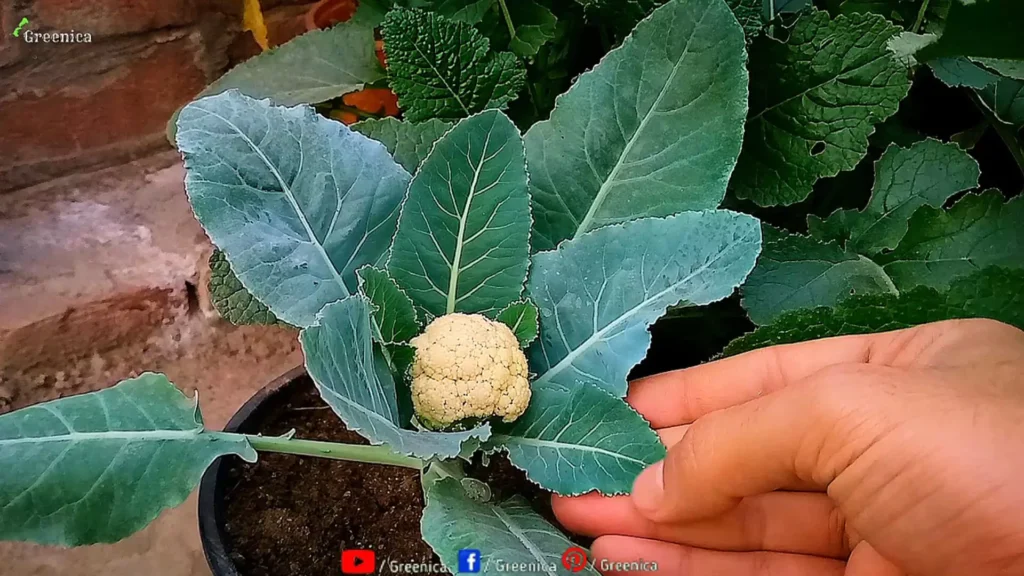
The First Use Of Fertilizer is That This Slow Release Organic Fertilizer Provides Our Vegetable Saplings a consistent Supply Of Nutrients, You Can Just add a Small Amount of This Into The Soil While Their Transplant & Within a few Weeks, They Will Appear With a Healthy Fruit Growing On Them. Also The Growing Fruit will be Better In Size & Taste.
2-More Buds & Flowers:-
Another Benefit of This fertilizer is That it Have a Good Amount of Phosphorus & Potassium & Both Help In More Budding, Flowering As well As Fruit Setting, So Overall It Will Regulate The whole fruiting Stage of Your Vegetable Plants.
3-Flower Drop Problem Solved:-
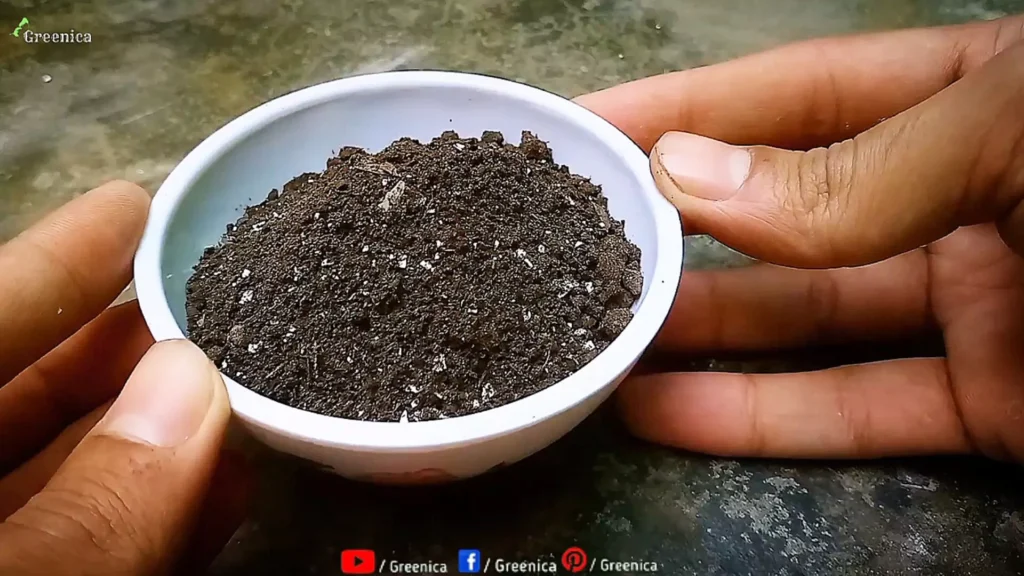
Another Big Use of This Homemade Vegetables fertiluzer is That Its Solves the Flower Drop Problem, Its Very Common The Younger Flowers, turns Yellow & Fells Off, But Using This fertilizer Will Definitely Prevent This Issue. Remember Flower Drop Problem Can also Appear due To Number of Other Reasons, Like Water logging, Root Bounding, Soil Issues Etc.
4-Soil Quality:-
Regular Use Of this fertilizer also Makes The Soil Better, By Improving Its Drainage system, Looseness, Nutritional Content etc. & Having A Such Mixture Specially While Growing Vegetable Plants, Is Very Helpful.
Soil also Plays a Big Role In The Overall Growth Of Your Vegetable Plants, & Making a Good Soil Mix at Home Is also Very easy, You Can Checkout a Detailed Article On That is linked here.
5-Less Pests & Leaf Problems:-
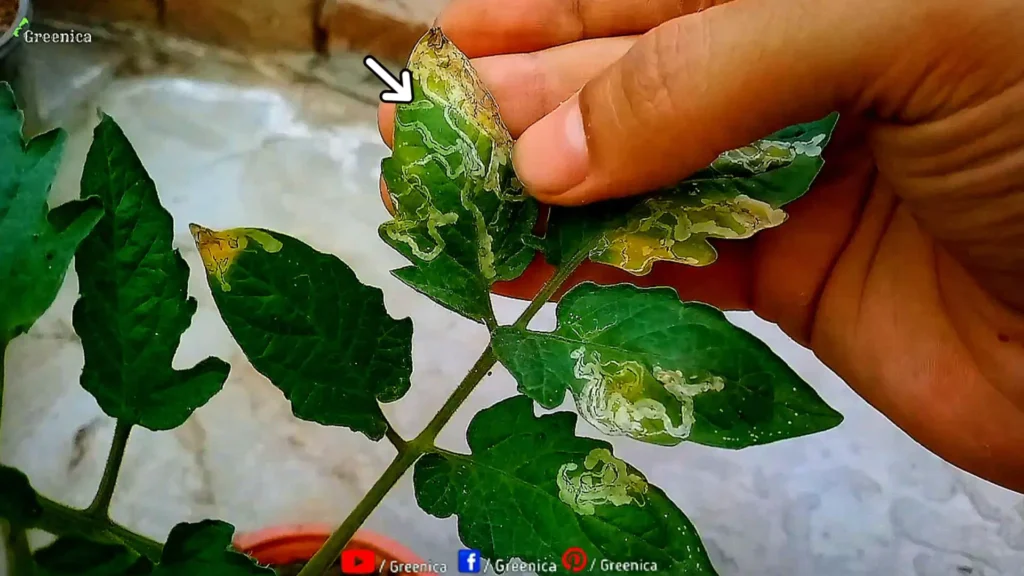
Another Use Of This Vegetables Fertilizer is That It Makes Your Plants Stronger, & Now They Will be Resistant Of Pests, Disease etc, So Overall This fertilizer Worths Making & Trying On Our Vegetable Plants.
The Key Ingredients!
Now Lets Know What Ingredients we Need To Make This Organic fertilizer,
Compost 10 Tbsp
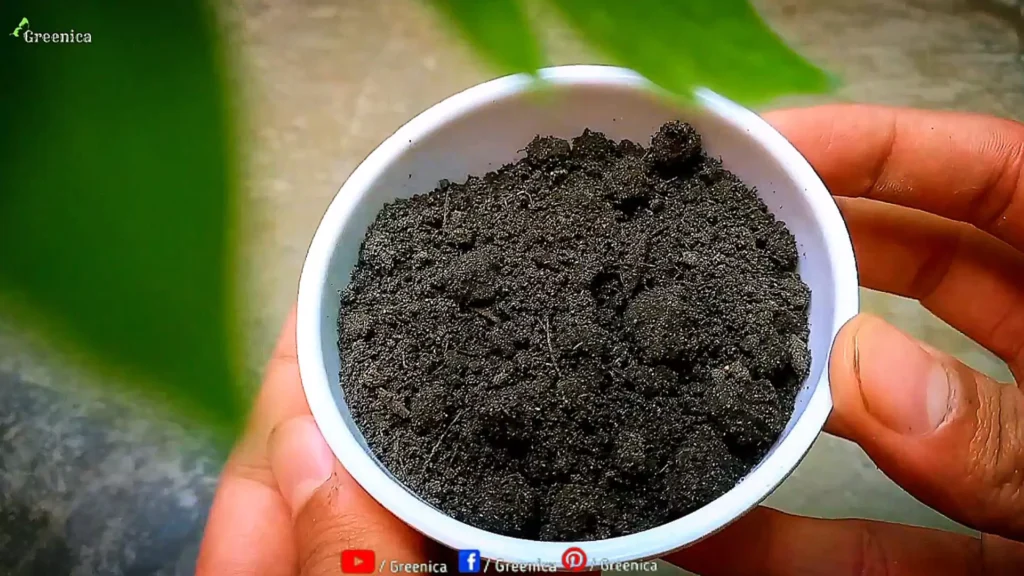
The first Ingredient Is Simply Compost, That is a good Source Of Trace Elements & It Also Makes The Ph Ideal For Such Fruiting Plants. you Can Use Kitchen waste Compost For This, That You Can Also Make At Home For Free. Detailed Guide is Linked Here.
Egg Shells 1 Tbsp
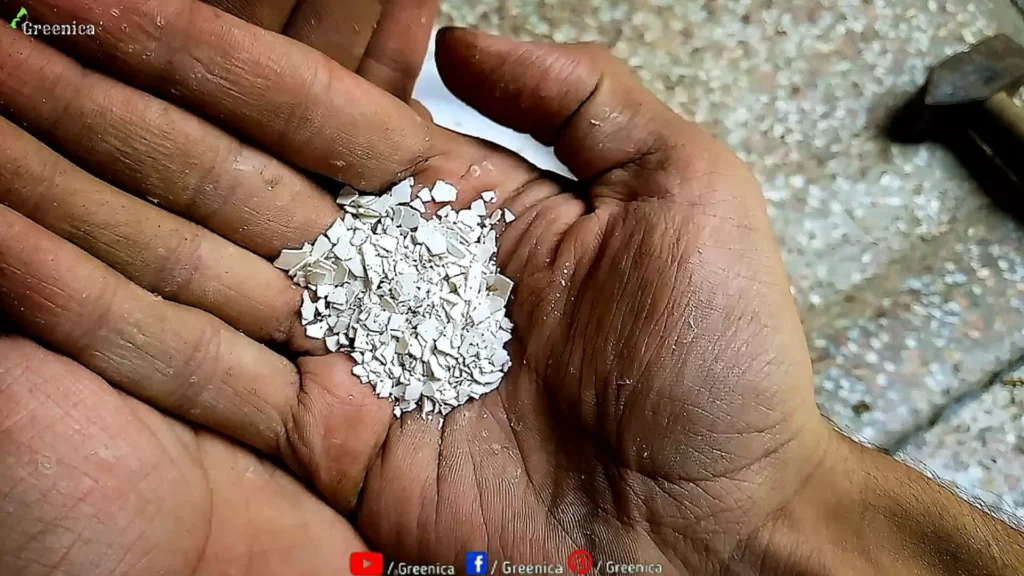
Another Ingredient For Making This Organic Fertilizer is the Rich Source Of organic Calcium, Potassium & Some Other elements. We will add A Small Amount of eggShells Into this. Make Sure They are Dried In Sun, & are Crushed Like This.
Blood Meal 3 Tbsp
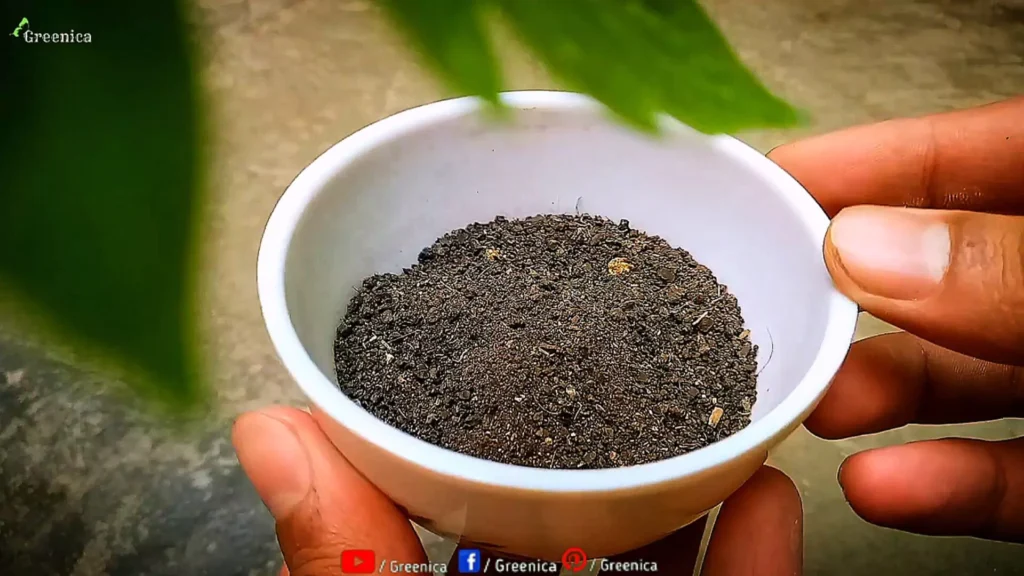
Another Ingredient For This fertilizer is Blood Meal, That is a Great Source of Nitrogen & It Also Makes The Soil Ph Ideal For Vegetable Plants. This Ingredient Might Be UnAvailable Around You, So a buying link is added here.
Or You Can Replace This Ingredient With Cow dung Compost, That is also a Great Source of Nitrogen. But Blood Meal Not Only Provides Nitrogen, But also Improves the taste of The Fruit, a Detailed guide On Its other Uses For Plants, Is Linked Here.
Rock Phosphate 2 Tbsp

Next Ingredient In Our Fertilzer is The Rock phosphate That is an Excellent Source of Phosphorus, which is the Major Element Responsible For Whole Budding, Flowering & Fruiting Of a Plant.
Adding This In Our fertilizer Will Completes Its Nutrients Variety. You Can Also use Bone Meal Instead of This if Its not Available Around You, But the Buying Link Of Rock Phosphate is also Linked here.
Rock Phosphate is an Organic fertilizer Made From a Naturally Found Rock. & Using It For Vegetable Plants have Many Advantages. Detailed Guide On That Is also Linked Here, Must Check That Out.
Ing:
- Compost 10 Tbsp
- Egg Shells 1 Tbsp
- Blood Meal 3 Tbsp
- Rock Phosphate 2 Tbsp
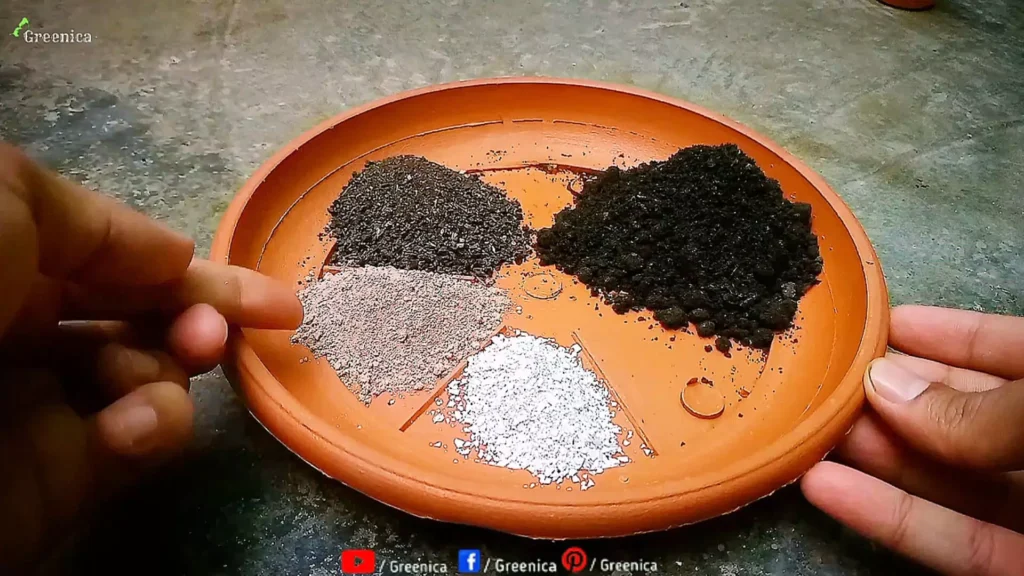
Here We Have all Our Ingredients In The Given Ratios, Mix Well.
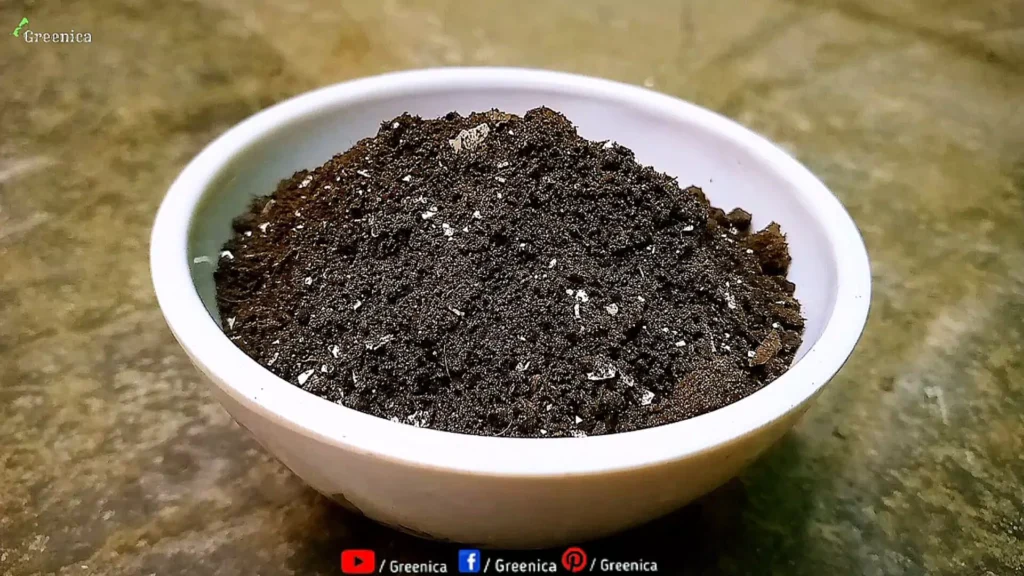
Our Homemade Vegetables Super Food is Ready To Use.
How To Use It For Plants?
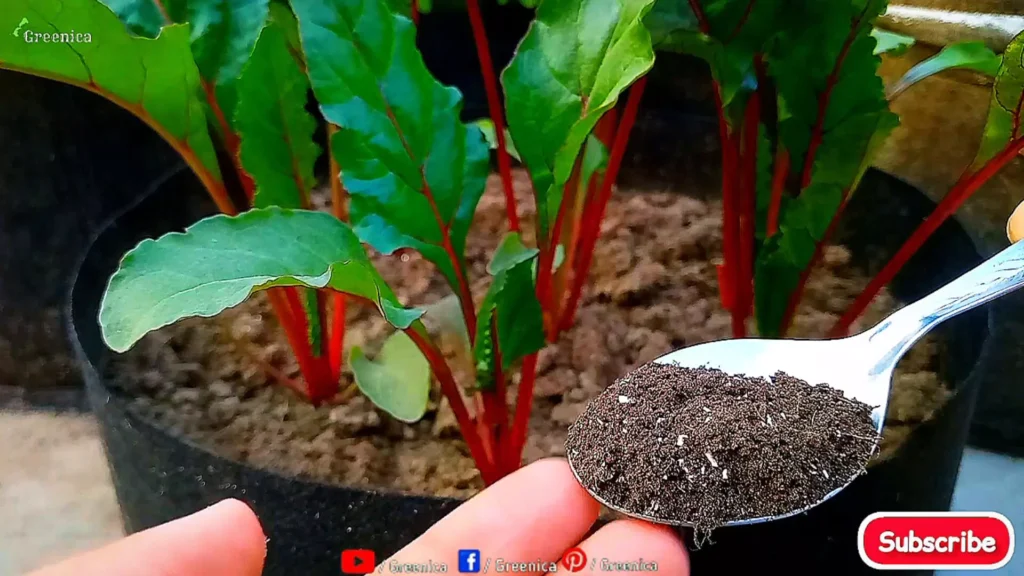
Applying This Fertilizer At The Right Time, & In a Correct Way is The Key To Get Most Out of This fertilizer. So For Applying This First Loose The Upper layer Of Soil & Let It Dry a Bit. Dont Add Over a Moist Soil mix.
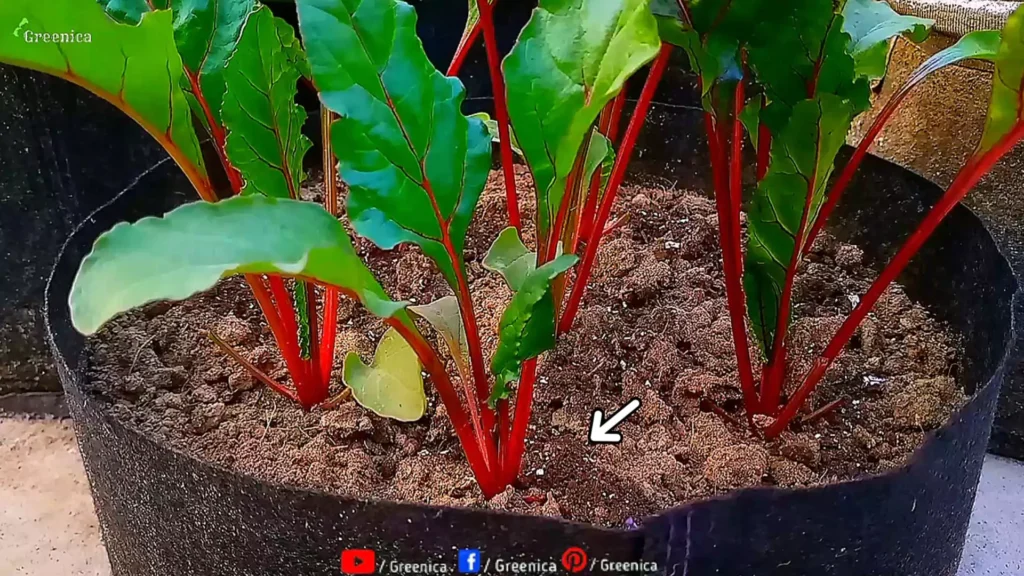
Now Take a Dose of This fertilizer & Add It Over The Soil Surface. The Dose Depend On The size of Your Container, For a 4 to 6 Inches of Pot, use Around 3 to 4 Table Spoons, While For a 10 To 12″ of Pot, Use Around 5 to 6 Table Spoons, & This way balance The Dose.
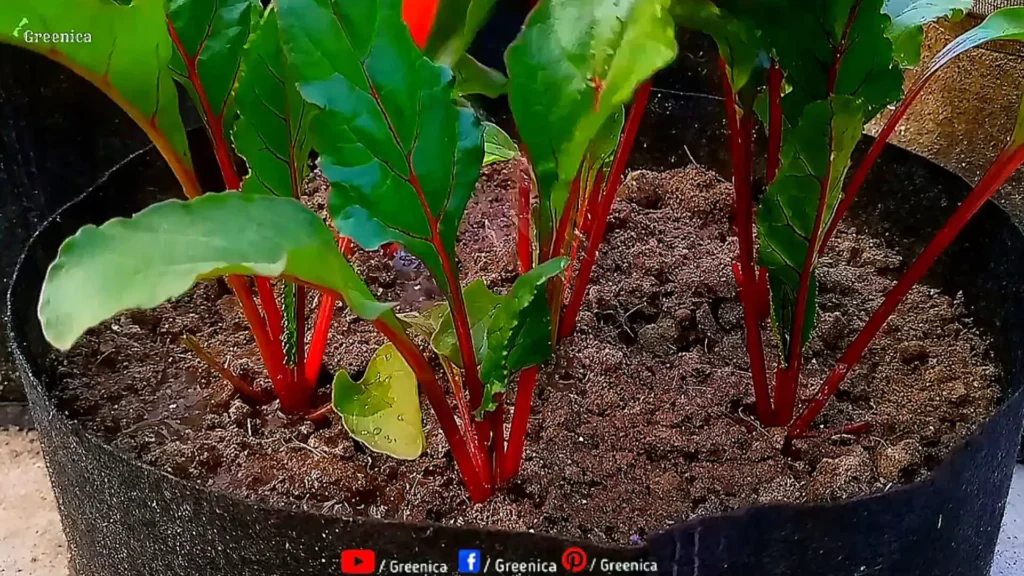
Mix The Fertilizer With The Soil Very Well, A Little Up & Down Is Ok, But Dont Go Much Far. Water Very Well After Mixing, This way fertilize Your Vegetable Plants When They Are atleast a month of Age, & Keep Using It Every 2 Weeks Within The Whole Growing Season.
On What Plants can We Use This?
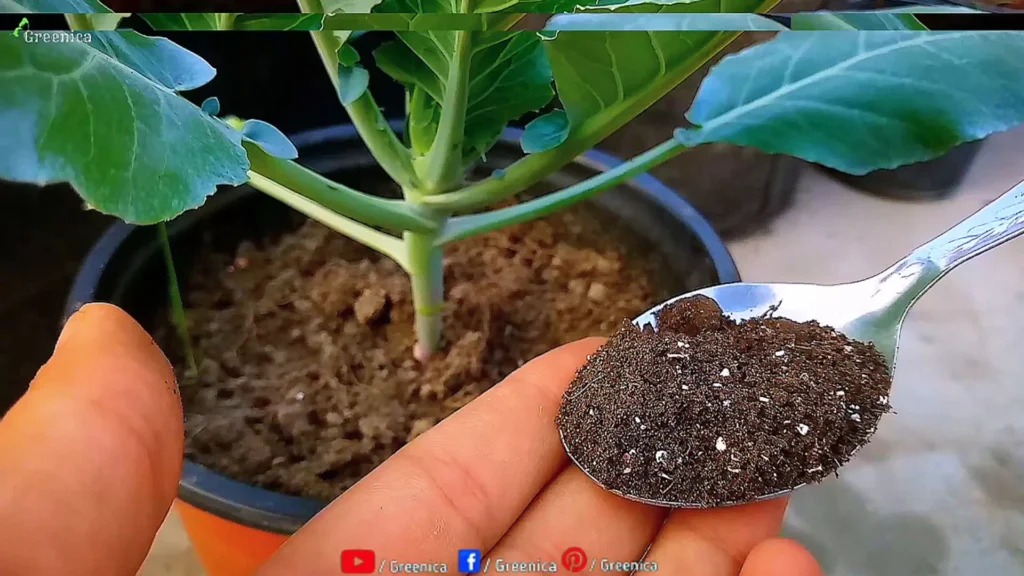
You Can Use This Homemade Organic Fertilizer, On almost All Type of Vegetables, Either Its a Root Vegetable, Flower Producing Vegetable or a Leafy Vegetable. Just Adjust A Proper Dose & Follow The Growing Season For Maximum Results. Try To Avoid Using On Small Seedlings of Vegetables.
So its all About This Organic fertilizer, If You Like To Buy a Similar, But a Ready To Use Fertilizer For vegetables, The Buying Link Is added here.
at The Flowering Stage, Pests Like Leaf Minors, Aphids Mealybugs Etc Are Common, & Can Be Very Harmful, So Follow a Weekly Neem Oil Spray Routine, To Avoid Any Such Pests, A Detailed Guide On making & Applying Neem Oil pesticide Is Linked Here, Must Check It Out.
